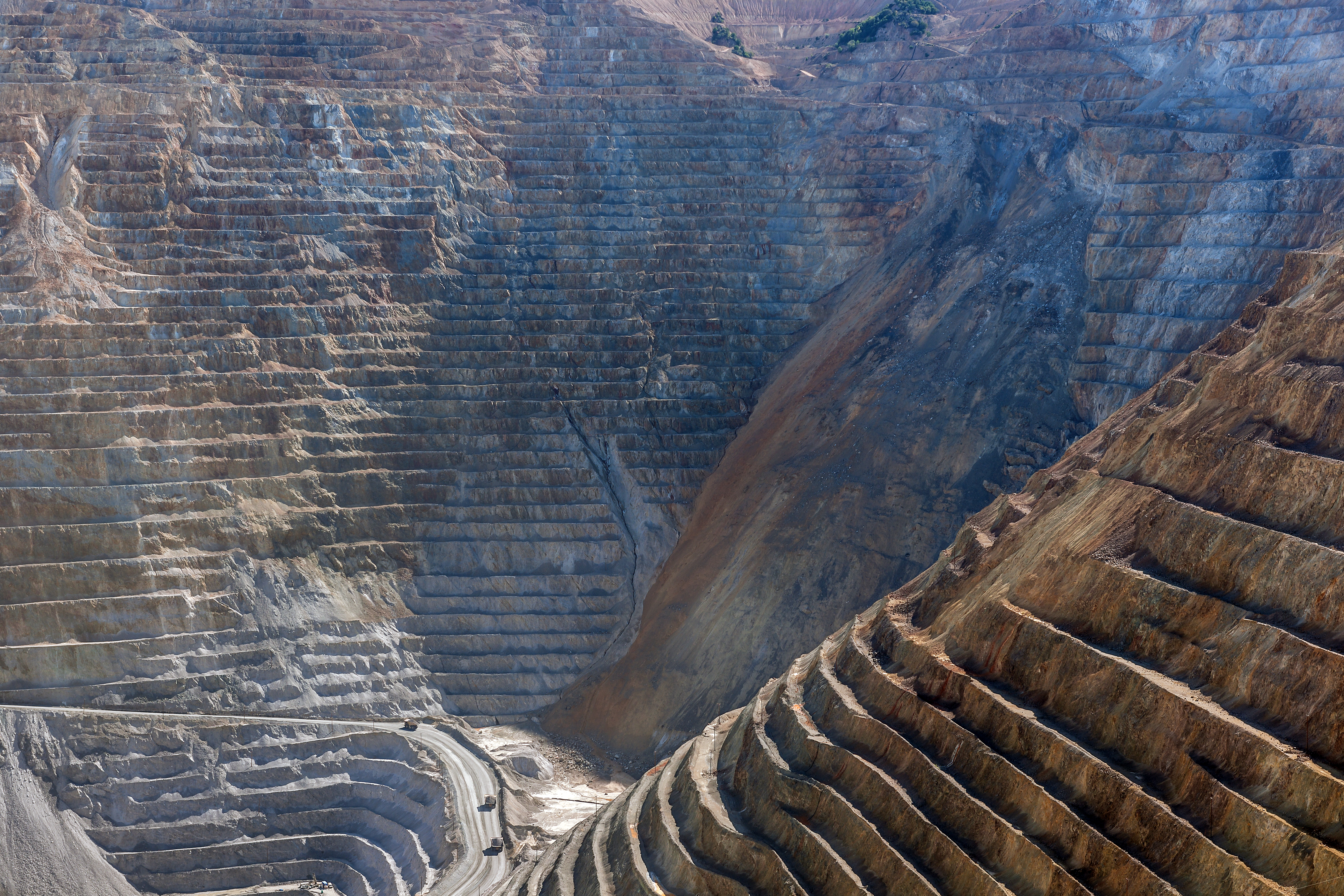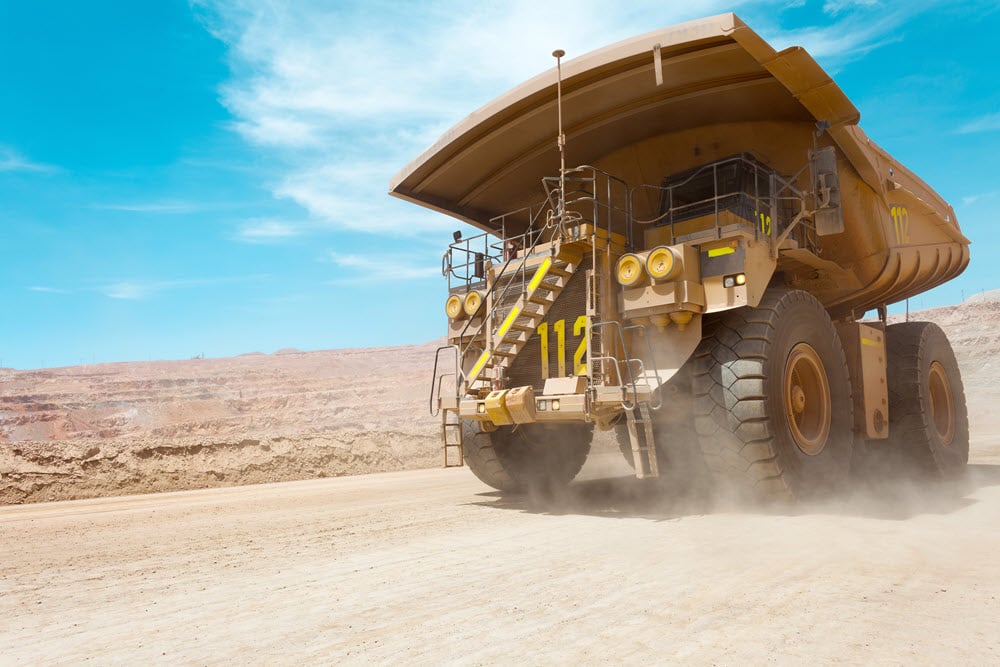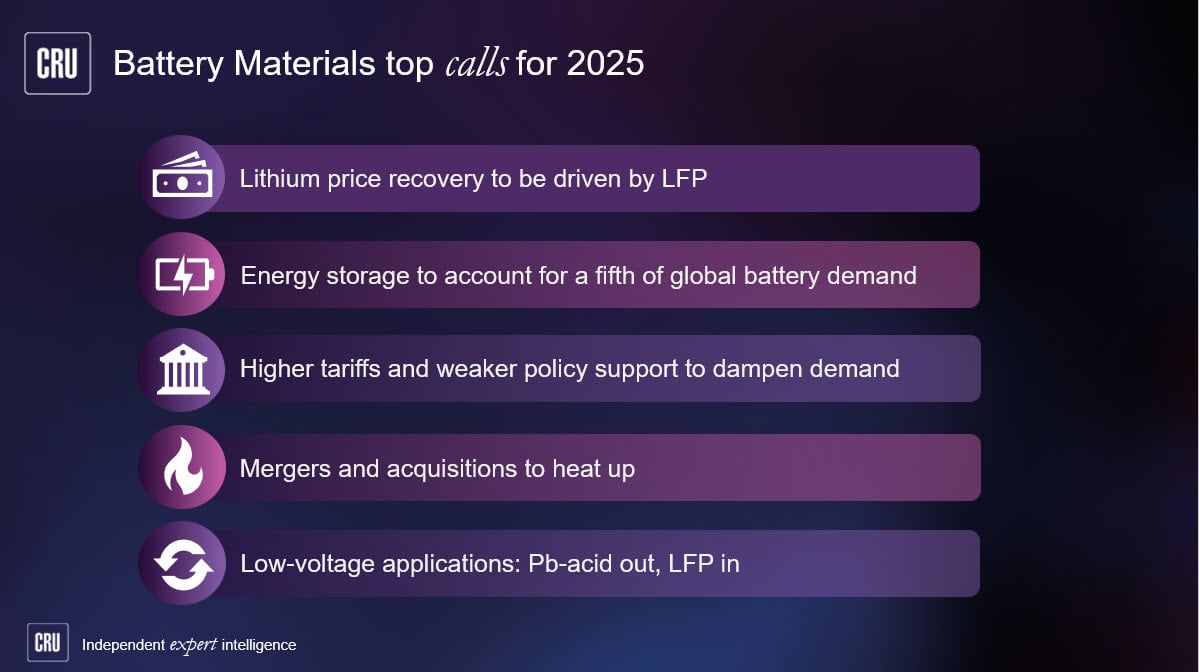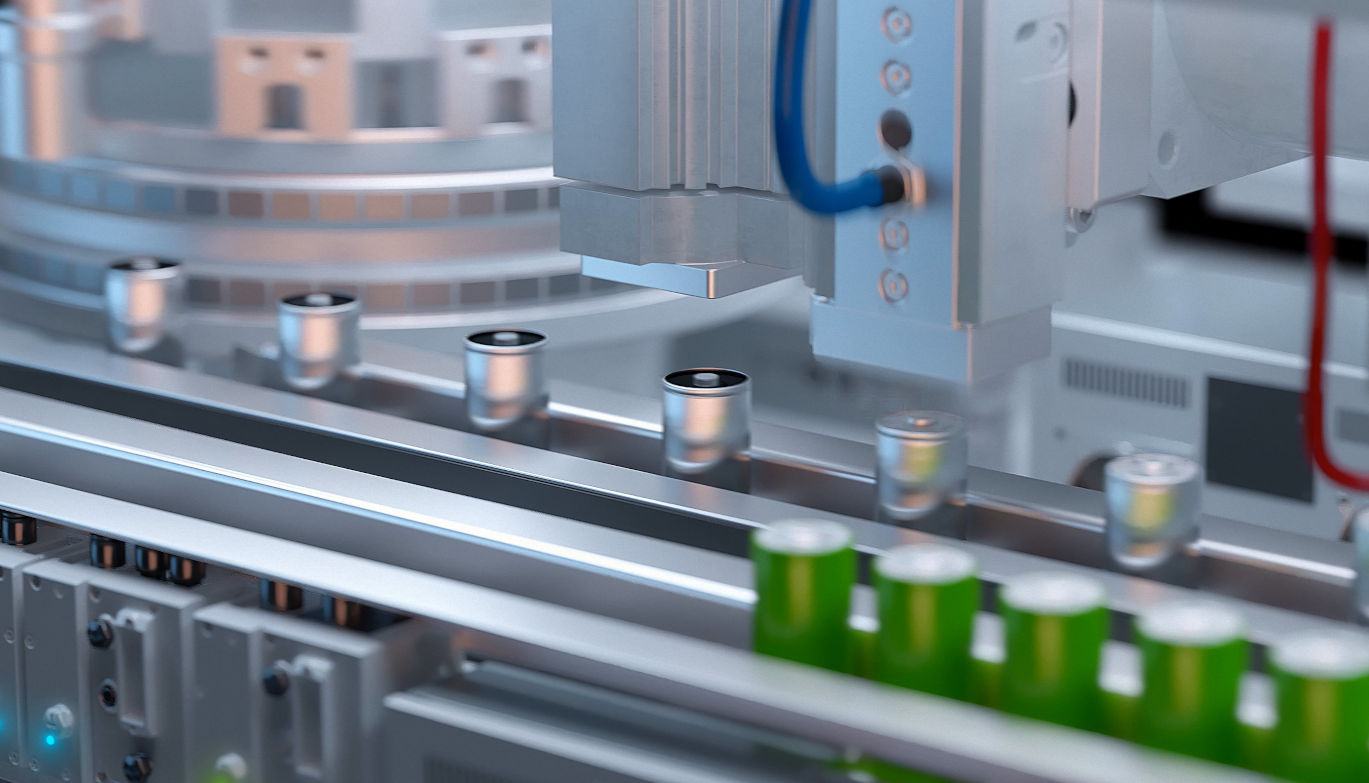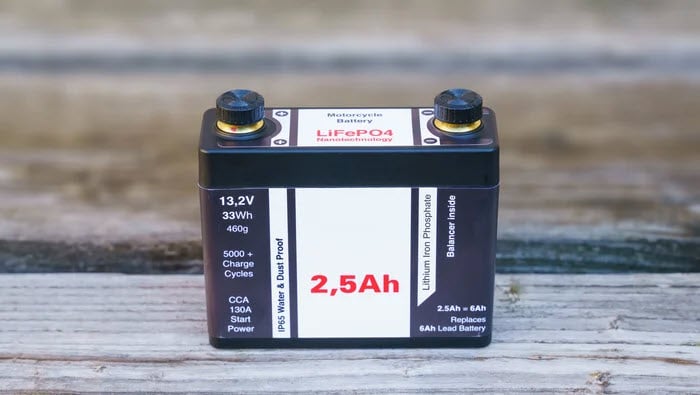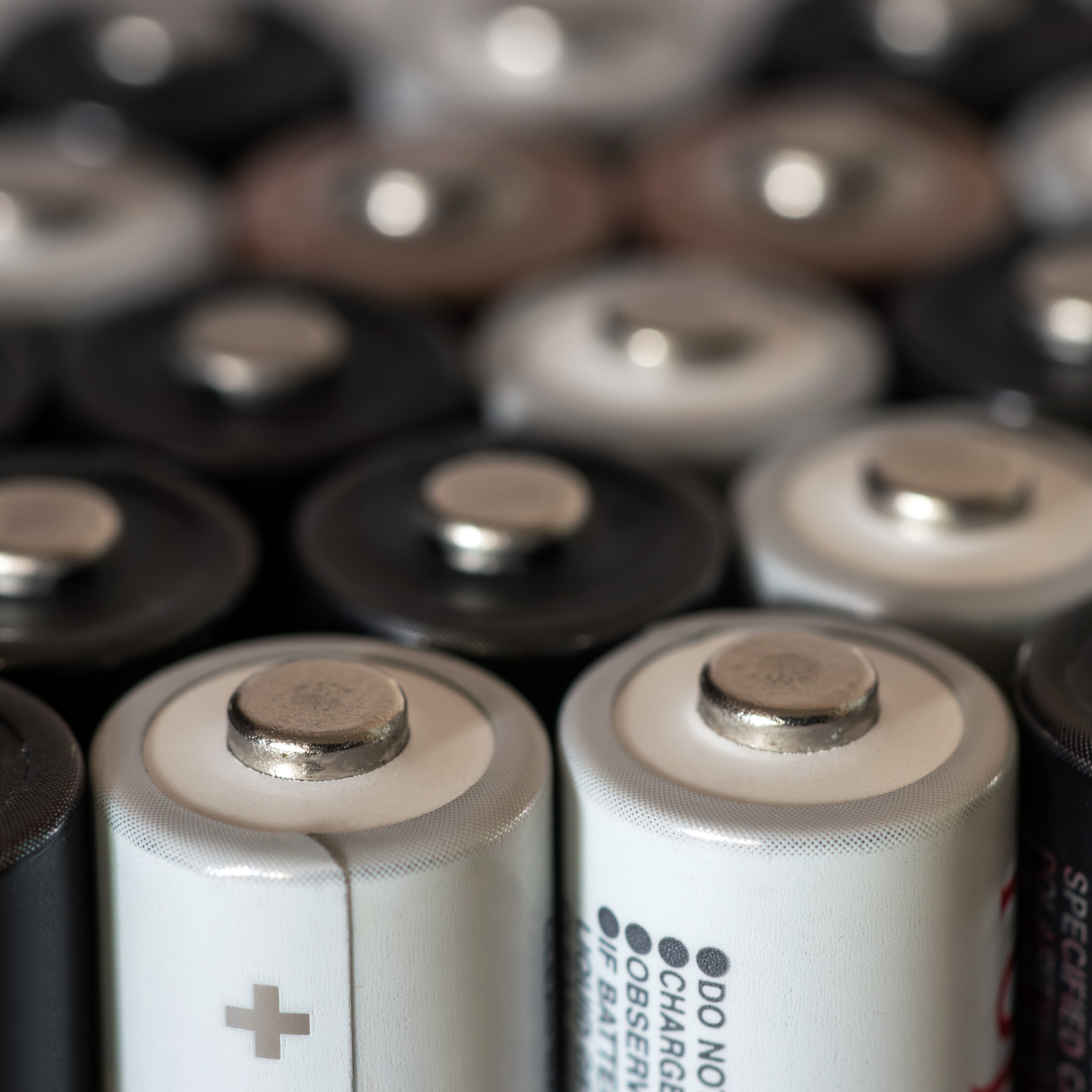Recent investment in Zimbabwean lithium projects has positioned the country to become a key player in the global lithium-ion battery supply chain. Chinese mining companies are the main drivers of development in the region with Zhejiang Huayou Cobalt, Sinomine Resource Group, Chengxin Lithium Group, Yahua Group and Canmax Technologies all investing in, purchasing, or developing lithium projects.
Major Chinese investment is driving production growth
The second quarter of 2023 was a period of notable expansion. In April, Premier African Minerals began production at its Zulu mine having previously signed a 48,000 t/y spodumene concentrate offtake agreement with Chinese energy materials company, Canmax Technologies. Meanwhile, Chengxin’s Sabi Star project began trial production at its 300,000 t/y concentrate plant in early-May following a $130 M investment in the project.
A 450,000 t/y mixed concentrate plant was completed at Huayou’s Arcadia project in earlyJune. The site was acquired from Australian mineral exploration company, Prospect Resources, in April 2022 for $422 M. With an additional $300 M investment, the plant took nine months to construct.
After Sinomine paid $180 M for the Bikita project in January 2022, it has invested another $300 M in expanding its petalite concentrate capacity to 480,000 t/y, up from only 50,000 t/y. It has also added 300,000 t/y of spodumene concentrate capacity, bringing its total production capacity to over 90,000 tonnes LCE per year. Bikita produced roughly 6,000 tonnes LCE in 2020 – this expansion represents a massive 15-fold increase in capacity, and for relatively little capital.
Overall, bringing these plants online has required almost $1 bn in combined development capital over the last two years. This wave of investment can be attributed to the limitations on lithium production in China. Although significant production capacity is anticipated to come online in China over the next five years, an additional 137,000 t/y LCE by 2027, issues with low grades, high waste generation, and high Mg:Li ratios in brines has caused a stream of Chinese companies to look elsewhere.
A fifteen-fold increase in production capacity by 2027
Given the recent Chinese capital spending, Zimbabwe’s lithium production capacity is anticipated to increase significantly. Rising from 13,000 t/y LCE in 2022, all of which was petalite production, to 192,000 t/y LCE of petalite and spodumene capacity in 2027, according to CRU data. Petalite has historically only been used in industrial applications, such as glass and ceramics production, but once blended with spodumene concentrate, can be converted into battery-grade lithium chemicals.
These investments will place Zimbabwe as the fifth largest primary producer of lithium by 2025, after Argentina, contributing more than either Canada or Brazil. The equity is coming primarily from Chinese companies, many of which are mid- or downstream manufacturers, to ensure a stable supply of lithium to their operations in China. With lithium demand from the battery industry expected to increase almost 150% in the next five years, these investments are crucial to their businesses.
In the long term, Zimbabwe will remain the largest producer of lithium in Africa, although it is important to note other countries like Mali, the Democratic Republic of Congo, and Namibia will also experience significant growth in the coming years due to recent investments.
Chinese companies have stakes in projects throughout the continent, contributing to China’s dominance in the battery supply chain. China has been investing in Africa for over two decades through policies like the Belt and Road Initiative, giving Beijing considerable influence in many African countries and helping to secure mining deals.







